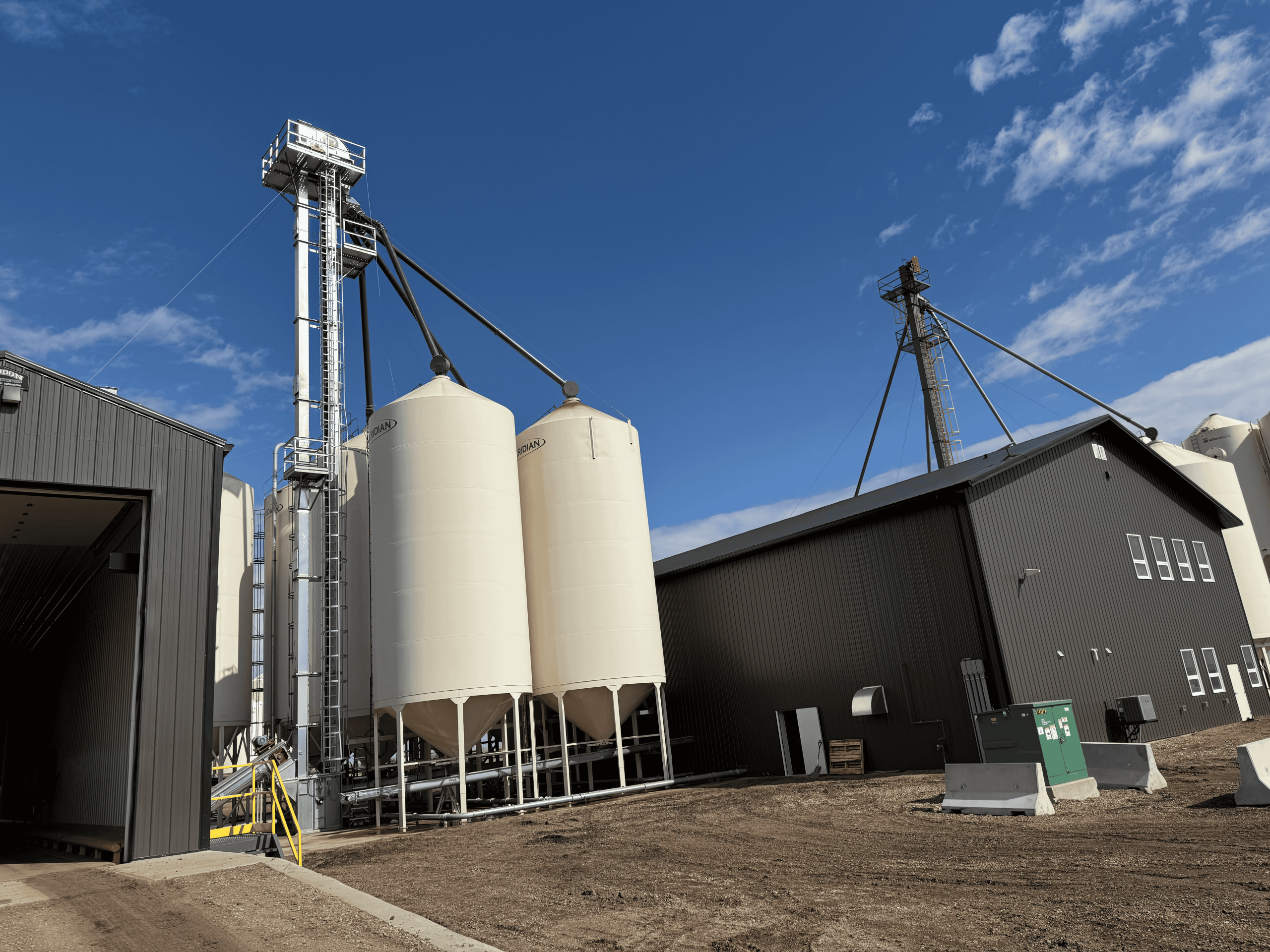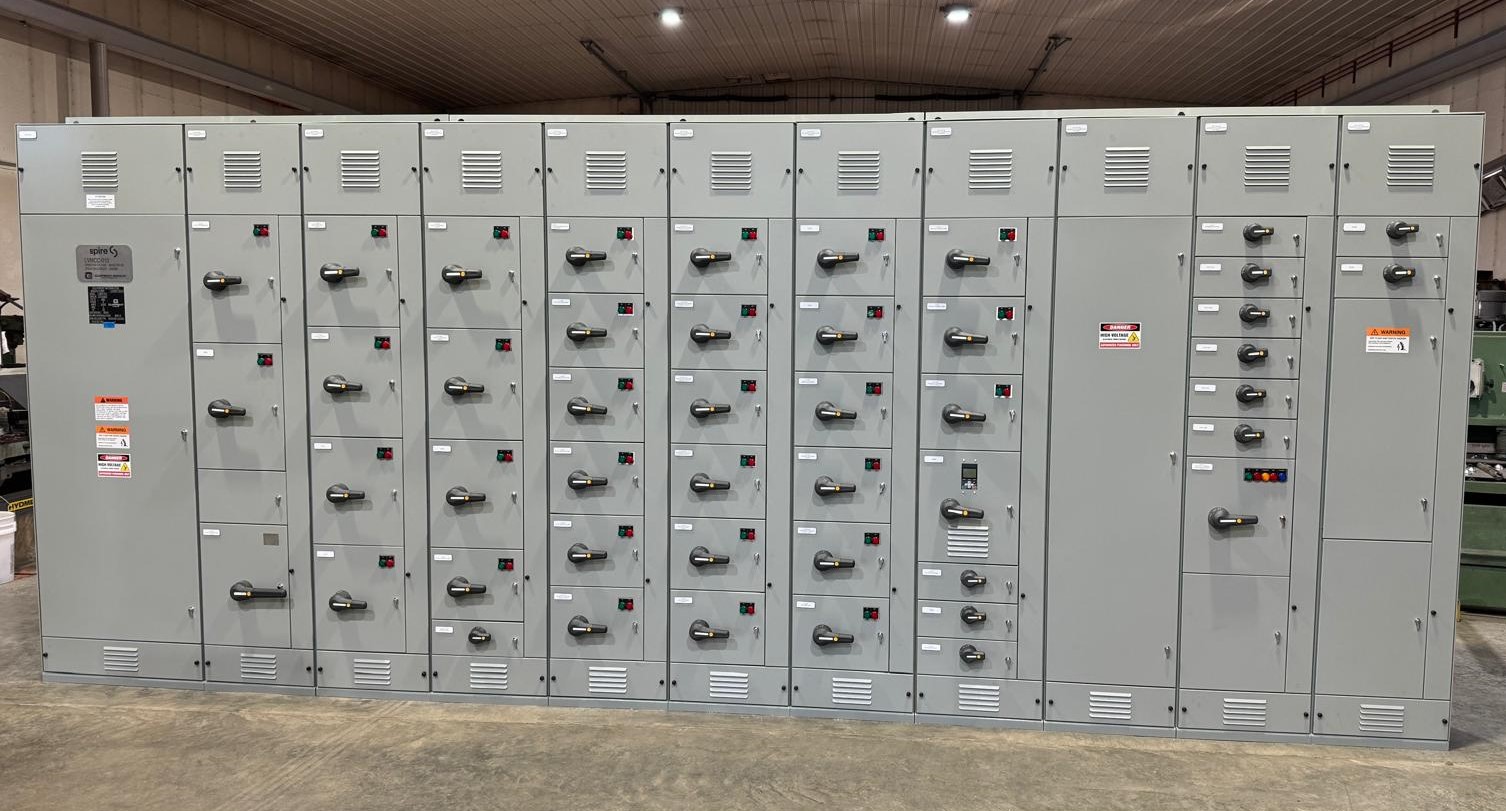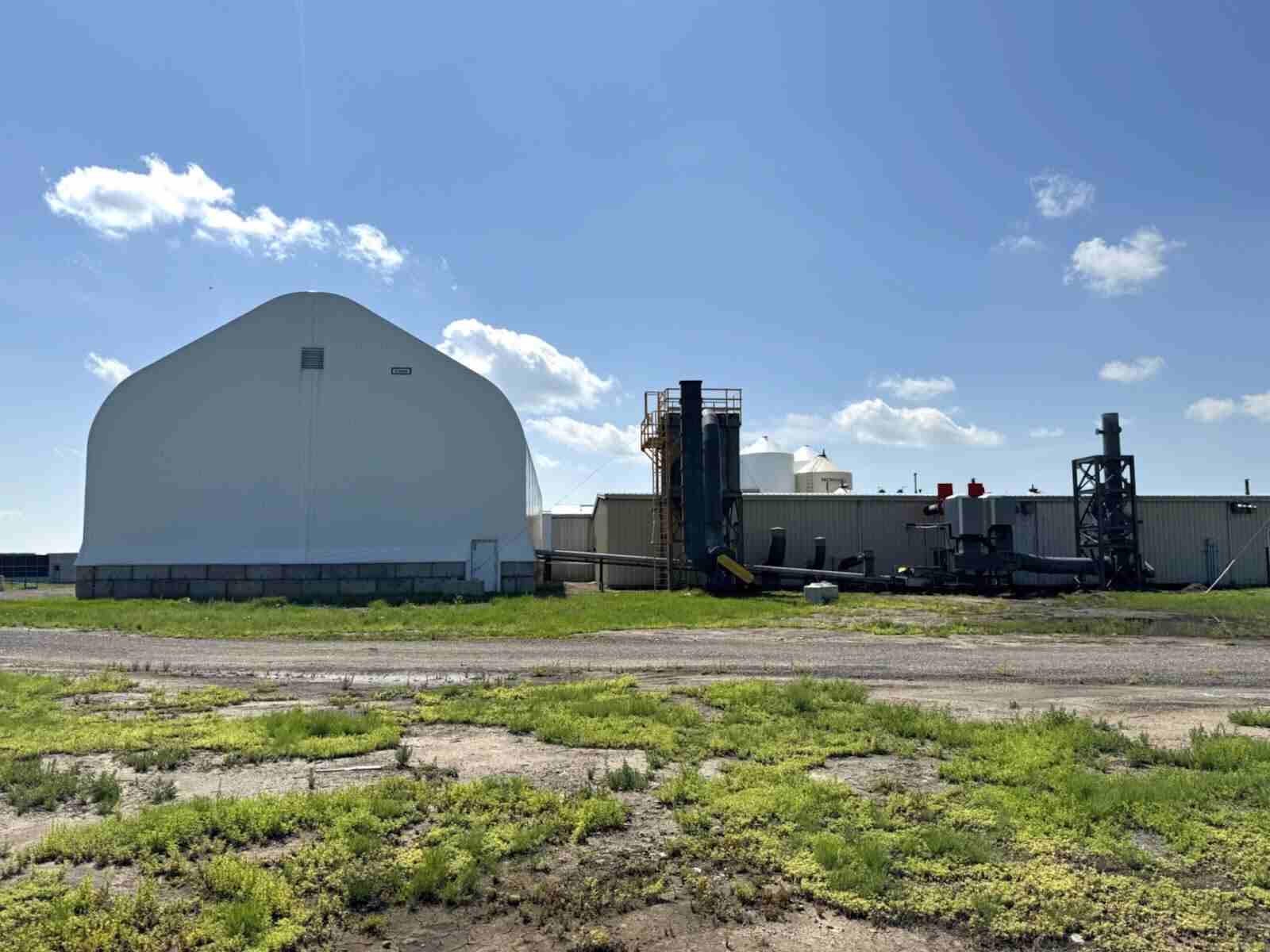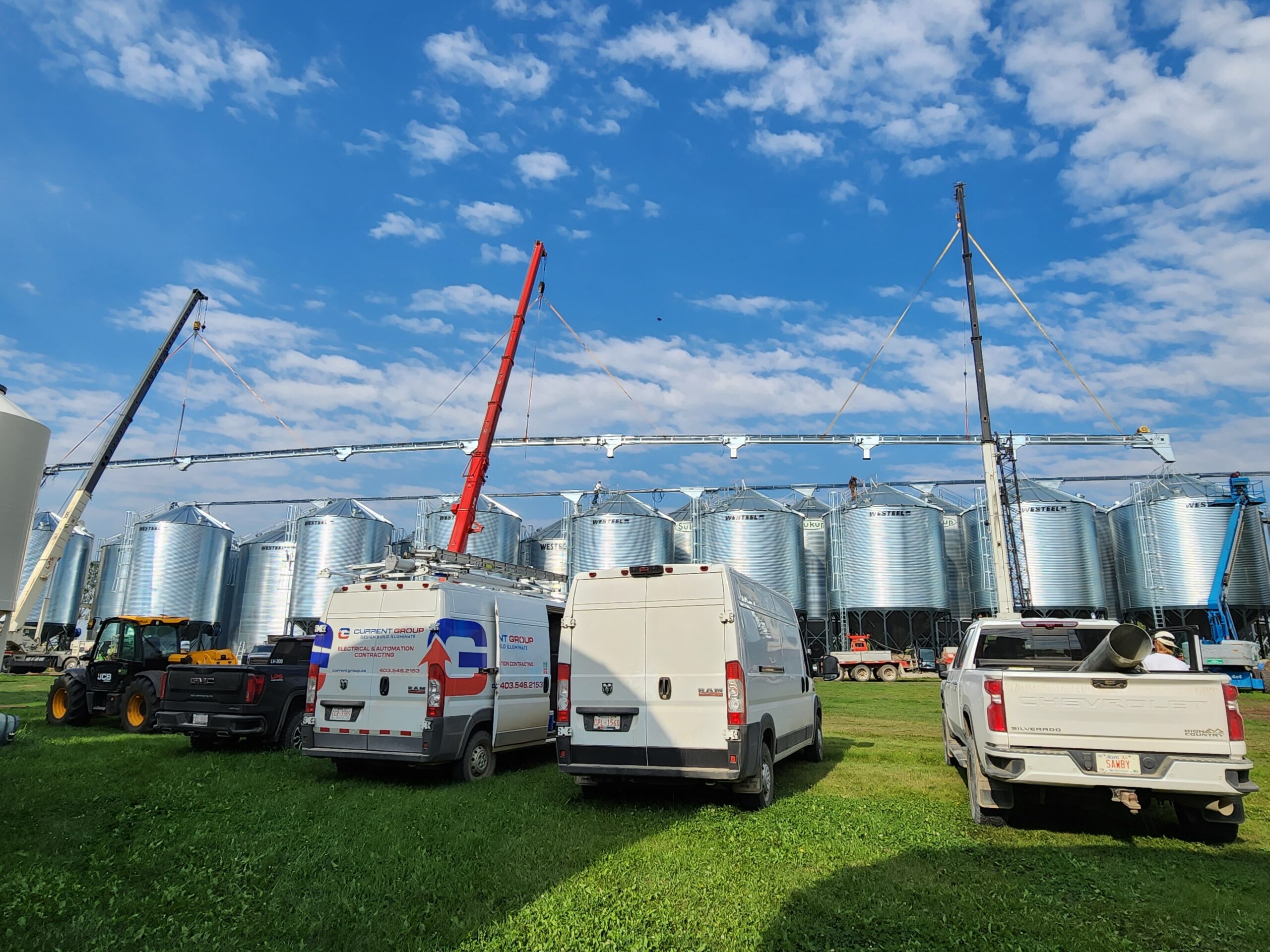Background
Mercury Plastics, Inc. is one of the largest providers of LLDPE film packaging in the agricultural and industrial construction industries. Their extensive product range includes industrial construction films such as vapor barriers, agriculture films like bale wrap and silage wrap, shipping case and bottle shrink wrap films, freezer and food-grade films, and plastic bags.

The Problem
Mercury Plastics planned to add new blown film extrusion lines to its Edmonton facility to meet the growing demand for its industrial and consumer packaging products. Blown film machines require large power demand, so an electrician is required to size and run the new power cables to each machine. Current Group was the successful electrical contractor and, through the bid evaluation phase, discovered alternate ways to reduce installation costs. Initially, it was thought that a new electrical service would be required, but after further investigation, Current Group found another method of supplying power to the new equipment. Utilizing Current Group’s design-build service, they devised an alternate design that saved 57% of the original cost. The biggest problem now was installing the equipment and cables without interrupting production. Their manufacturing plant is busy, so adding the additional extrusion lines would need to be done with minimal downtime.
The Solution
After reviewing the power requirements for the whole plant, it was decided to add a sub-electrical control panel to feed power to the two new extrusion lines instead of a new electrical service. The other considerable scope of the project was to move the existing plant power cables with some of the major equipment supply feeds over 20 feet into a new cable tray to make room for the two new extruder production lines. This was a significant component of the job because the existing power cables ran along the 17-foot-high ceiling and at a length of over 150 feet through most of the plant, while other portions ran under or amongst the existing equipment. Compounding the problem was that each conductor was 3 to 4 inches in diameter, making it very heavy to move.

After several meetings with the plant supervisor, Current Group devised a strategy to tackle the project. First, we installed the new cable tray close to the ceiling and over the existing equipment. Next, a new electrical sub-panel was installed close to the existing main distribution panel (MDP) to minimize the cost of the primary power feeds. Then, we moved the cables for the existing equipment from the old cable tray to the new one. Several instances required the entire cable run of 150 feet to be pulled out of the old cable tray and re-run in the new one.
Relocating the existing power feeds in the plant was necessary to install the new extruder line. Once the new machines were in place, we ran the new power cables from the new electrical sub-panel, through the new cable tray, and connected them to the new machines. A few plant shutdowns were required to disconnect the main power feeds from the MCC panel to relocate, but this was done at night or on weekends when the plant was scheduled to be down. The final step was to ensure everything was commissioned and provide startup assistance as required.

Do you have a challenging upgrade to your existing facility that requires an electrical contractor? Call Current Group and use their experienced project management team to complete the project with minimal interruptions to your existing operation.
This process took several months and required flexible scheduling to minimize plant disruptions. Current Group needed daily communication and schedule flexibility to ensure that the project was completed with minimal interruptions to the business.






